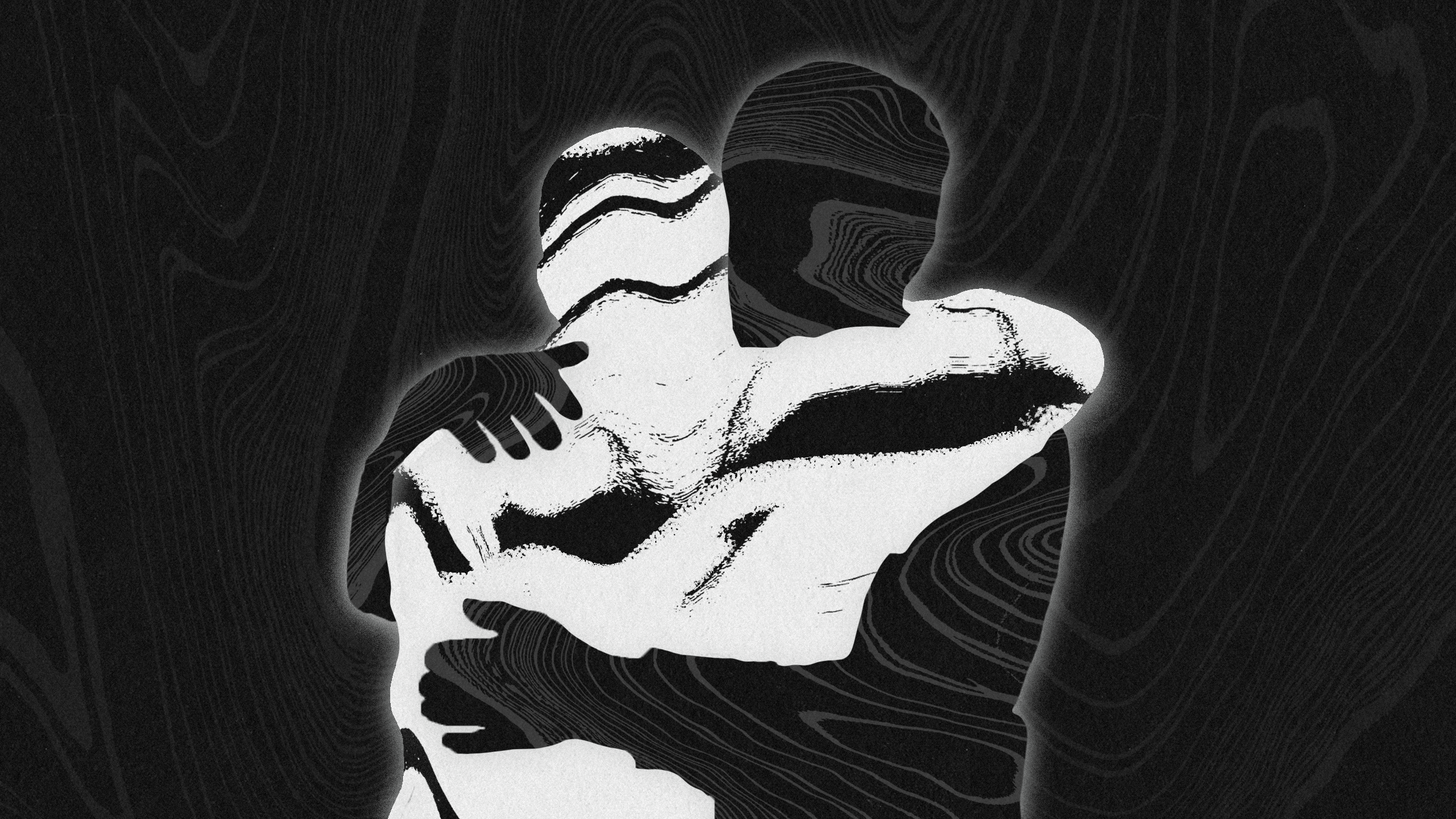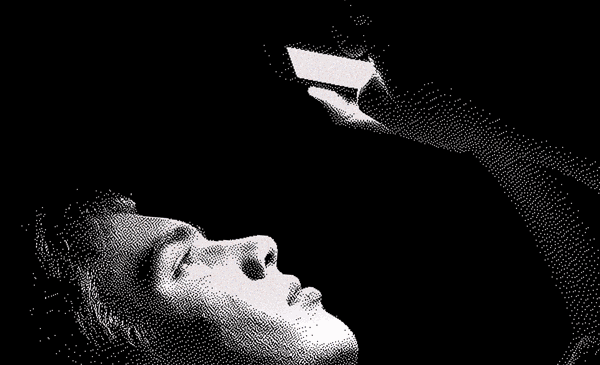Time passes faster for meditators, leaves them unable to accurately judge time

Pixabay
- A recent study asked people to estimate short and long intervals of time after completing a mindfulness meditation exercise.
- The results showed that all the participants reported that time seemed to pass more quickly than it did in reality.
- Neuroscience research shows that meditation can help reduce anxiety and increase happiness.
In mindfulness meditation, you try to focus all your attention on the present moment. Doing so can help you reduce anxiety and depression, and change the ways in which different parts of your brain communicate with each other, according to neuroscience research. Now, a new paper suggests that mindfulness meditation can also change the way you perceive time.
The paper, published in the journal PLoS Oneon October 18, describes a set of experiments that included participants who were trained in mindfulness meditation over seven days. In the first test, one group of participants meditated for 30 minutes, and another group did a control exercise in which they listened to an audio recording of someone reading poetry. After completing their assigned tasks, both groups were asked to estimate the duration of short and long time intervals (15 to 50 seconds or two to six minutes).
All the participants in the meditation group said that time seemed to pass more quickly. That finding echoed past studies which showed that people report time passing quickly when they’re multitasking; perhaps that’s why it can seem the workday flies by when we’re busy.
Attention and time perception
The researchers suggested that mindfulness meditation, which often requires concentrated effort, takes up too much of their attentional resources, leaving meditators unable to accurately judge time. Indeed, compared to the control group, the meditators were more likely to underestimate the short durations and, curiously, overestimate the long ones.
“This reversal in the direction of the time judgment for the different temporal scales suggests that different processes might underlie the judgment of short and long durations in the same meditation condition,” the researchers wrote.
In a second experiment, the researchers replicated the findings of the first experiment, and also asked participants about the meditation experience to examine potential relationships between time distortion and other factors. The results showed that, compared to the control group, the meditators reported less anxiety and more happiness and present-moment awareness — expected results, based on the research literature on meditation.

Droit-Volet et. al
The researchers wrote:
“The statistical analyses revealed that time was judged to pass faster when the participants felt calmer and when their attention was focused on the exercise and the present moment, the two being obviously linked. Therefore, the more attention was focused on the required exercise, the longer the interval dedicated to this exercise was considered to be, and the faster external time was judged to pass.”
But it’s possible that the results would’ve turned out differently if the experiments had examined more experienced meditators, considering they might process meditation differently than the participants who’d been trained over the course of one week, the researchers noted.
How to practice mindfulness meditation
- Take a seat wherever is most comfortable to you
- Notice what your legs are doing. If seated on the floor, consider crossing your legs. If in a chair, it’s good if the bottoms of your feet are touching the floor.
- Straighten — but don’t stiffen — your upper body.
- Situate your upper arms parallel to your upper body. Then let your hands drop onto the tops of your legs. With your upper arms at your sides, your hands will land in the right spot. Too far forward will make you hunch. Too far back will make you stiff. You’re tuning the strings of your body — not too tight and not too loose.
- Drop your chin a little and let your gaze fall gently downward. If you’d like to keep your eyes open, try not to focus on anything in the field of vision.
- Relax and bring your attention to your breath or the sensations in your body.
- Draw your attention to the physical sensation of breathing: the air moving through your nose or mouth, the rising and falling of your belly, or your chest.
- Your mind will inevitably wander. Just try to regain focus, and don’t try to eliminate thoughts.
- Practice pausing before making any physical adjustments, such as moving your body or scratching an itch. With intention, shift at a moment you choose, allowing space between what you experience and what you choose to do.
- Don’t get frustrated or judgmental if your mind is constantly wandering. It’s normal.
- When you’re ready, gently lift your gaze, and notice how you feel.





